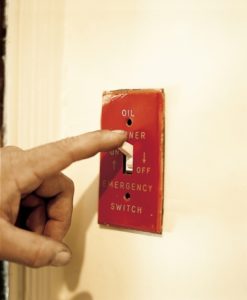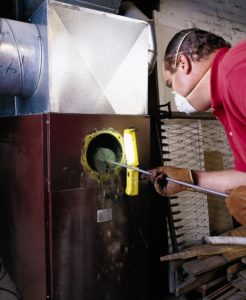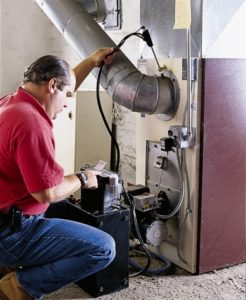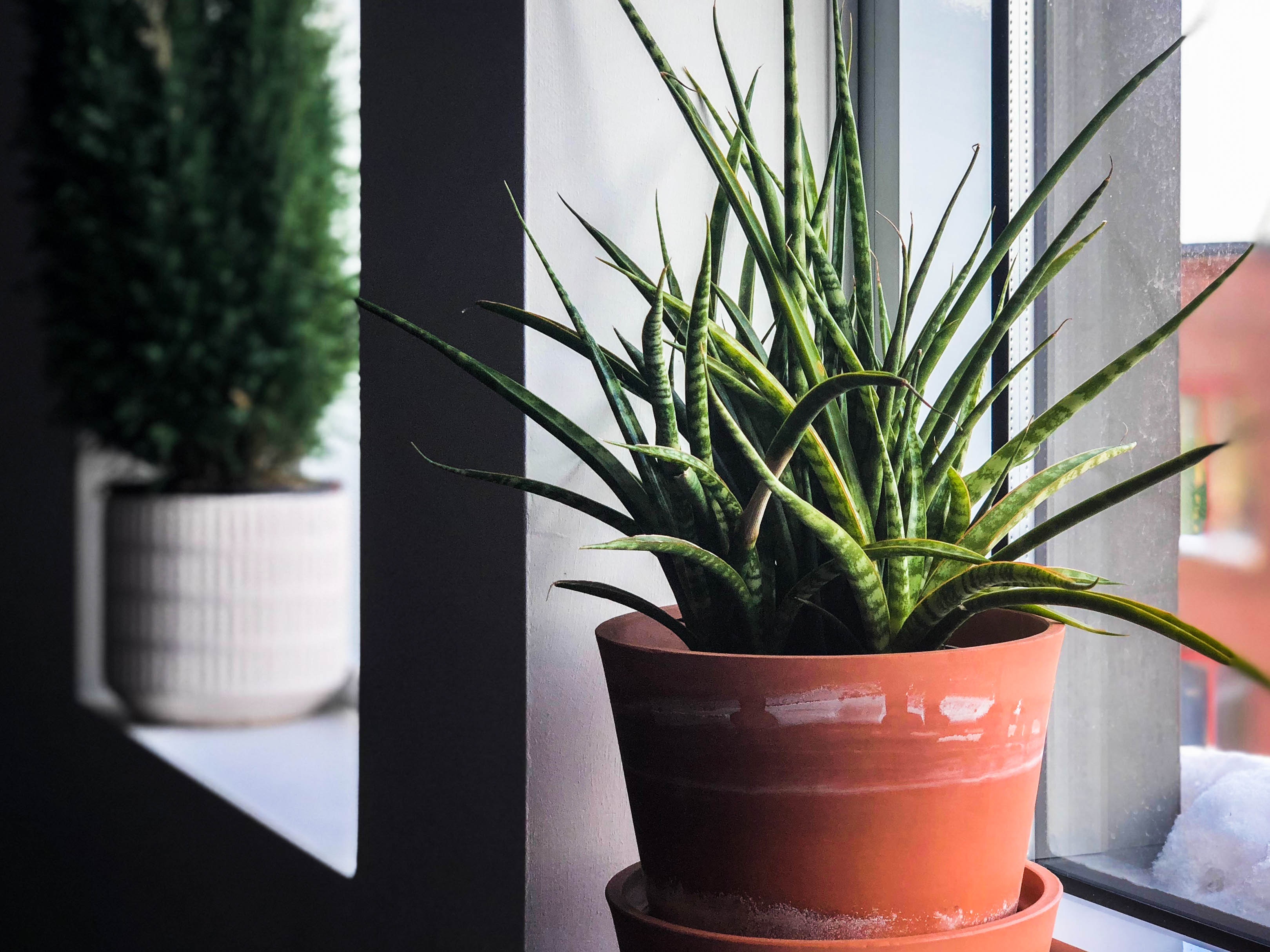
How To Do Fall Furnace Maintenance
How to Do Fall Furnace Maintenance
Service your heating system before the cold weather kicks in for good
Before chilly autumn nights set in, you need to make an appointment for your annual furnace maintenance. Without this yearly cleaning and inspection, a system can wear itself out quickly, pump deadly carbon monoxide into your home, or simply stop working.
This Old House plumbing and heating expert Richard Trethewey shows us the proper steps that a service professional would follow for an oil-burning forced-air furnace; the basics on a gas system are similar. In both, fuel is mixed with air and ignited, heating a sealed chamber. Fresh, filtered air then blows across the outside of the hot chamber and into the heating ducts. (Homes with radiators have boilers instead of furnaces. These heat water instead of air, but the annual checkup is similar.) In all, the dangerous exhaust from the combustion chamber is vented out a flue or chimney.
Whatever type of system you have, don’t wait until it breaks down to do DIY furnace maintenance. A clean, well-adjusted heating system will save you money on fuel and prolong furnace life. Annual servicing is cheap—typically less than $100—especially when compared with the price of a new furnace. “You wouldn’t wait more than a year to service your car,” Richard says. “The heat in your house is just as important.”
STEP ONE // How to Do Fall Furnace Maintenance
Shutting down the System

Before performing DIY furnace maintenance, make sure to switch off the electrical power and the fuel supply. The distinctive red power switchplate can usually be found at the top of the cellar stairs or near the burner itself, while the fuel shutoff valve is near the oil tank or on the incoming gas pipe. Note the location of both in case of a future leak or fire.
STEP TWO // How to Do Fall Furnace Maintenance
Cleaning the Combustion Chamber

In the combustion chamber, fuel mixes with air and is ignited, generating heat—as well as carbon soot, water vapor, carbon dioxide, and worse. A buildup of soot can cause the chamber walls to corrode. Richard scrapes out built-up carbon using a small wire brush. Then he removes loose material with an industrial shop vacuum and inspects the chamber for holes or corrosion before replacing the cover.
STEP THREE // How to Do Fall Furnace Maintenance
Inspecting the Flue Pipe

Richard checks for holes in the exhaust flue that could leak carbon monoxide, particularly where the pipe meets the furnace. Small holes can be patched with foil tape, but corroded flues must be replaced. He also adjusts the flue pipe’s barometric damper, which moderates the chimney draw. “A big, tall chimney in an old house tends to suck too much air, compromising efficiency,” he says. “Your service pro can weight the damper to lessen the draw.
STEP FOUR // How to Do Fall Furnace Maintenance
Replacing the Oil Filter
The oil filter (found in oil-powered systems only) prevents small impurities from clogging the oil-burner nozzle, which could result in a misfire that shuts down the system. Richard first closes the oil valve, then removes the old filter and replaces it, setting aside the dirty filter to be disposed of according to local hazardous-waste regulations.
STEP FIVE // How to Do Fall Furnace Maintenance
Changing the Air Filter
“During the winter, all the air that your family is breathing comes through this filter,” says Richard. “You can’t change it too often, but never let it go for more than a year.” Changing the filter is something any homeowner can do easily. At the same time, Richard checks the blower belt’s wear and tension. (The blower, driven by an electric motor, moves heated air from the furnace through ductwork to room vents.) A loose belt can slow the blower, compromising efficiency. If the belt deflects more than ¾ inch when pressed firmly, it can be adjusted by sliding the motor backward slightly.
STEP SIX // How to Do Fall Furnace Maintenance
Adjusting the Burner and Testing Efficiency

Richard sets up a combustion analyzer, which calculates furnace efficiency by measuring gasses in the exhaust flue. He makes sure that the burner’s air gates are adjusted for the proper ration of fuel to air. “You want the fuel that you’ve brought to the be burned before it goes up the chimney,” Richard says. He also replaces the oil nozzle, which atomizes the fuel just before it ignites, and checks the flame color and shape at the igniter. For either oil or gas, this is a key indicator of stable and complete combustion. In a gas system, this is the time when the burner tubes should be vacuumed clean.
STEP SEVEN // How to Do Fall Furnace Maintenance
Cleaning Floor Vents
The fall is a good time for homeowners to remove floor registers and vacuum out the ducts, which are magnets for dust, pet hair, small toys, and food scraps. All of this reduces its efficiency, forcing you to crank up the heat. You’ll also breathe a little easier without this debris in the air.
By Max Alexander of This Old House magazine // Photos by Keller & Keller



